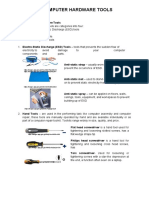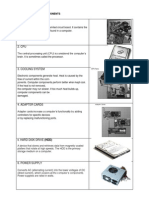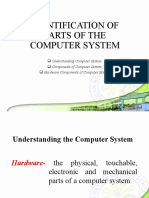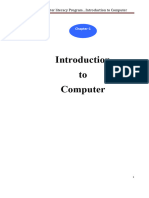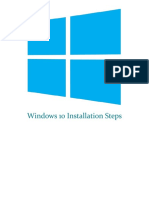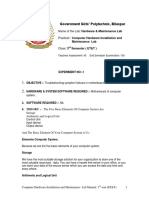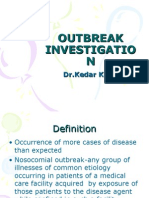50% found this document useful (2 votes)
2K views66 pagesBasic Computer Troubleshooting
This document provides an overview of basic computer troubleshooting. It discusses the troubleshooting methodology, including getting in the right frame of mind, trying quick fixes, and using the scientific method. It also covers hardware basics, software basics, printing basics, and networking basics. The goal is to provide readers with skills to solve simple computer problems themselves and communicate effectively with technicians.
Uploaded by
Owe SagumCopyright
© Attribution Non-Commercial (BY-NC)
We take content rights seriously. If you suspect this is your content, claim it here.
Available Formats
Download as PPT, PDF, TXT or read online on Scribd
50% found this document useful (2 votes)
2K views66 pagesBasic Computer Troubleshooting
This document provides an overview of basic computer troubleshooting. It discusses the troubleshooting methodology, including getting in the right frame of mind, trying quick fixes, and using the scientific method. It also covers hardware basics, software basics, printing basics, and networking basics. The goal is to provide readers with skills to solve simple computer problems themselves and communicate effectively with technicians.
Uploaded by
Owe SagumCopyright
© Attribution Non-Commercial (BY-NC)
We take content rights seriously. If you suspect this is your content, claim it here.
Available Formats
Download as PPT, PDF, TXT or read online on Scribd
/ 66



